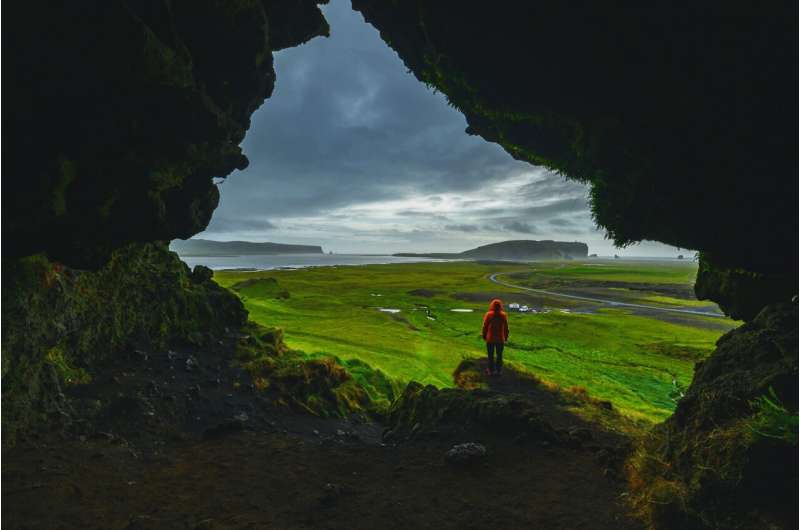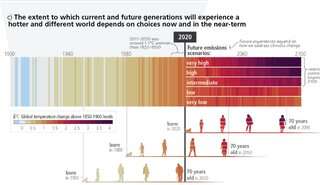This article has been reviewed according to Science X's editorial process and policies. Editors have highlighted the following attributes while ensuring the content's credibility:
fact-checked
trusted source
proofread
Humans need to see themselves as part of nature, says environmental study

Humanity needs to fundamentally change its relationship with nature in order to protect wildlife and enhance the environment.
That is the verdict from a milestone report published this week by the European Environment Agency. Featuring expert insight from one of Reading's top environmental scientists, "Exiting the Anthropocene? Exploring fundamental change in our relationship with nature" is the latest in a series of studies that aim to trigger change in the way we think and act towards sustainability.
Professor Tom Oliver, research dean for environment at the University of Reading, helped contribute to and review the report. His book, "The Self Delusion: The Surprising Science of How We Are Connected and Why That Matters," was a central source of inspiration for the authors.
Key findings from the report include:
- Despite awareness of environmental challenges growing over the past century, humanity's responses have been insufficient to protect nature
- There is still a divide between humanity and nature in policy, with humans classed as "us" and other species seen as "them."
- Humanity needs to change its relationship with nature to make it part of ourselves/"us," so that biodiversity and our physical surroundings can flourish.
Commenting on the report, Professor Tom Oliver said, "This is a milestone report that highlights the urgent need for us to recognize that we are part of, not separate from, the natural world. We cannot continue with business as usual if we hope to avoid the worst impacts of climate change and environmental degradation. It is time for bold action and a new relationship with nature."
Professor Oliver will present the findings of the report to the European Commission on Thursday, 20 April.

The report also features the climate stripes—a striking data visualization created by the University of Reading's Professor Ed Hawkins. The stripes are featured in the report to represent the increase in global average temperature for each year since 1850, relative to the average temperature over the period as a whole. Blue stripes represent cooler-than-average years, and red stripes indicate hotter-than-average years. They are featured alongside Professor Miles Richardson's (University of Derby) biodiversity stripes, which show the loss of wildlife over time.
More information: Exiting the Anthropocene? Exploring fundamental change in our relationship with nature. www.eea.europa.eu/publications … xploring-fundamental
Provided by University of Reading





















